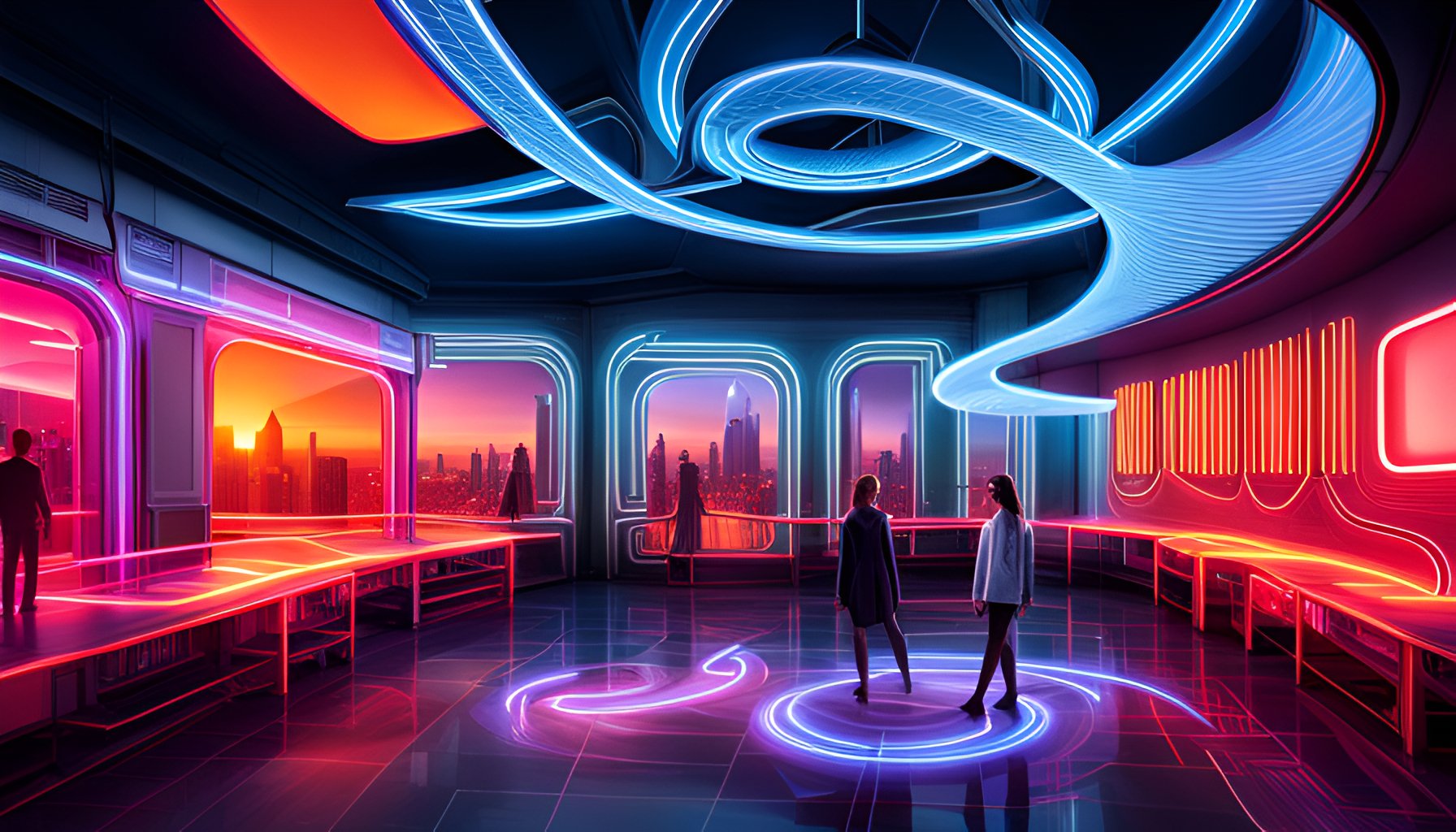Preserving Neon Heritage: Neon in Architectural Conservation
Neon signs, with their vibrant colors and unique designs, have long been an iconic element of city skylines. They not only serve as advertising tools but also contribute to the visual identity and historical significance of urban areas. However, with the advent of LED technology and changing urban landscapes, neon signs are gradually disappearing from our cities.
Understanding Neon's Historical Significance
Neon signs first gained popularity in the early 20th century and became widely used in the mid-20th century. They quickly became a symbol of modernity and progress, adorning storefronts, theaters, and hotels. Neon signs were not only visually striking but also represented a breakthrough in lighting technology.
During the golden age of neon, cities were filled with dazzling displays of glowing signs. These signs became landmarks and cultural touchstones, attracting locals and tourists alike. From the bright lights of Times Square in New York City to the historic Route 66, neon signs became an integral part of the American landscape.
Neon signs captured the spirit of a bygone era, representing the creative ingenuity of sign makers and the unique character of each city. They were a visual reminder of the businesses and establishments that once thrived in a neighborhood. By preserving neon signs, we preserve the stories and memories associated with them.
The Importance of Neon Conservation
Preserving neon signs is essential for architectural conservation. These signs are not just advertisements but also important cultural artifacts that reflect the history and identity of a place. They evoke a sense of nostalgia and serve as a tangible link to the past.
Neon signs are emblematic of a particular time period, representing the architectural styles and design trends of the era they were created in. They provide insights into the commercial and cultural landscape of a city, serving as visual documentation of its evolution over time.
Furthermore, neon signs have a unique aesthetic appeal that cannot be replicated by modern technologies. The warm glow of neon tubes has a nostalgic charm that adds character and vibrancy to city streets. Preserving these signs contributes to the visual diversity and cultural richness of urban environments.
Challenges in Neon Conservation
Preserving neon signs comes with its own set of challenges:
- Weathering: Neon signs are exposed to harsh weather conditions, which can cause damage to the delicate neon tubes and the sign structure. UV radiation, extreme temperatures, and moisture can all contribute to the degradation of neon signs.
- Obsolete Technology: Neon signs require skilled craftsmen who are familiar with the traditional techniques of glass tube bending and electrical wiring. As the number of experts diminishes, preserving and restoring neon signs becomes more challenging. The craftsmanship and knowledge involved in creating neon signs are at risk of being lost.
- Urban Development: Rapid urbanization and gentrification often lead to the demolition of older buildings, resulting in the loss of neon signs. As cities undergo transformations, the preservation of neon signs may not be a priority, leading to their neglect and eventual disappearance.
Efforts in Neon Preservation
Fortunately, there are organizations and individuals dedicated to preserving neon heritage:
- Education and Awareness: One crucial aspect of neon preservation is educating the public about the importance of neon signs and their conservation. By raising awareness, we can encourage communities to value and protect these neon treasures. Workshops, exhibitions, and public campaigns can help foster appreciation for neon signs among the general public.
- Documentation and Research: Documenting and researching the history of neon signs is vital for their preservation. Archival photographs, oral histories, and interviews with sign makers provide valuable insights into the significance of these signs. This information can be used to create databases, books, and online resources, ensuring that the knowledge is accessible to future generations.
- Collaboration with Architects and Urban Planners: Architects and urban planners play a crucial role in preserving neon signs during the design and construction phases of new developments. By incorporating neon elements into the urban fabric, they can ensure the continuation of neon heritage. This can involve integrating neon signs into new buildings, creating designated spaces for neon sign preservation, or establishing guidelines for the maintenance of existing signs.
- Neon Sign Restoration: Skilled artisans and restoration experts work tirelessly to repair and restore vintage neon signs. Their expertise ensures that these signs can continue to shine brightly for years to come. Restoration projects can involve cleaning and repairing damaged neon tubes, replacing faulty transformers, and reinforcing sign structures to withstand the elements.
Conclusion
Preserving neon heritage is not just about saving signs; it is about safeguarding our cultural and architectural history. Neon signs contribute to the character and uniqueness of our cities, and their conservation is essential for maintaining the visual identity of urban areas.
By understanding the historical significance of neon signs, recognizing the challenges in neon conservation, and supporting efforts such as education, documentation, collaboration, and restoration, we can ensure that neon signs continue to illuminate our streets for generations to come. Let us work together to preserve the neon heritage and keep these glowing treasures alive in our urban landscapes.



Leave a comment
This site is protected by hCaptcha and the hCaptcha Privacy Policy and Terms of Service apply.